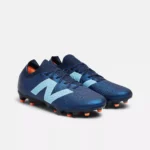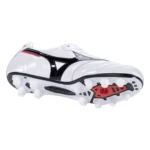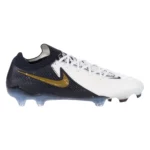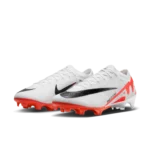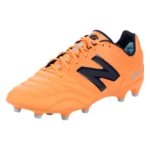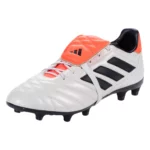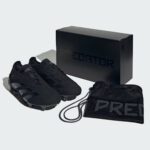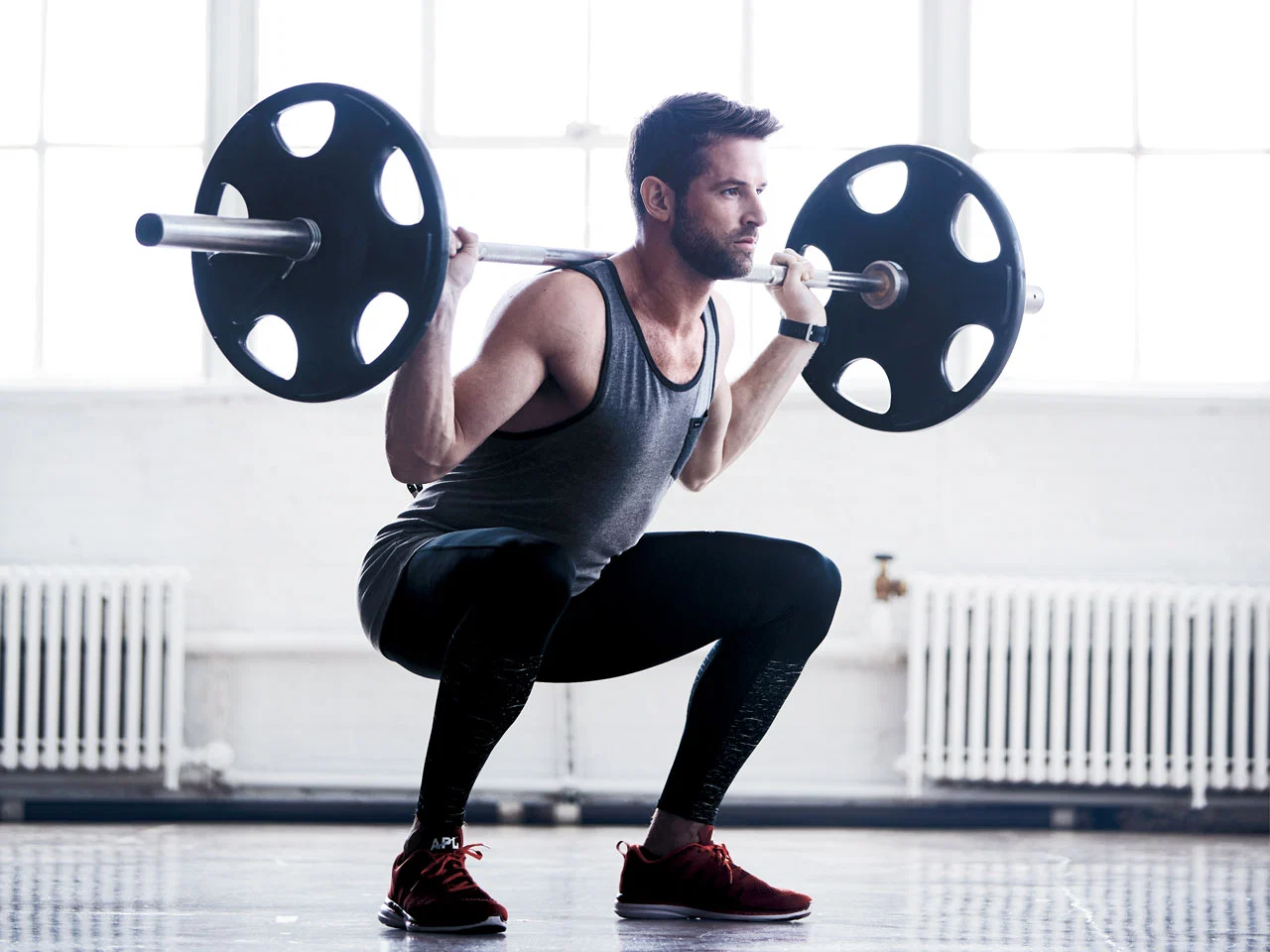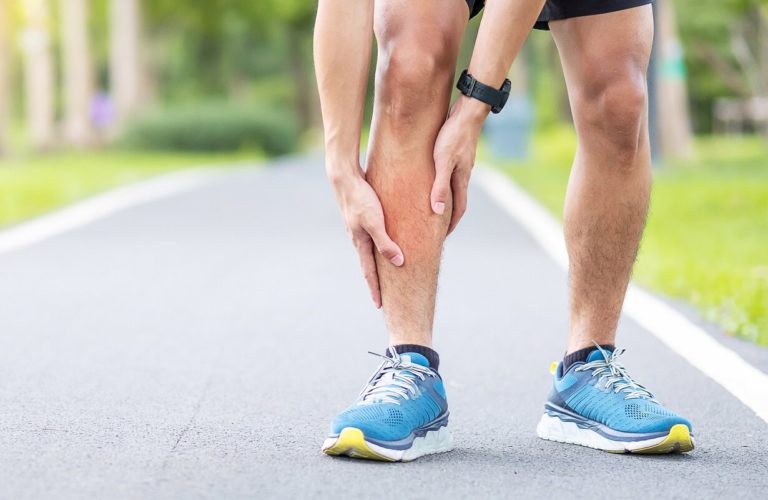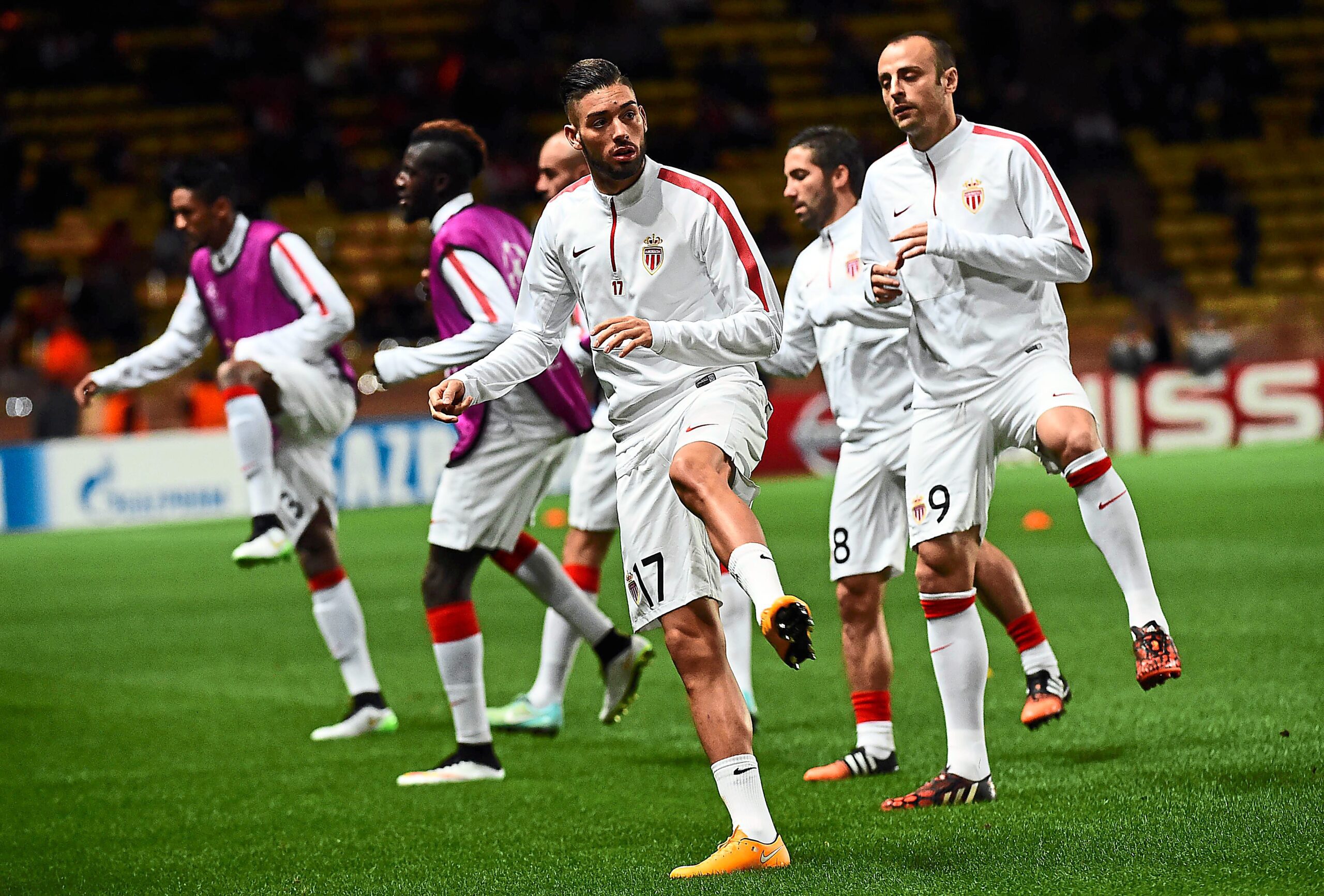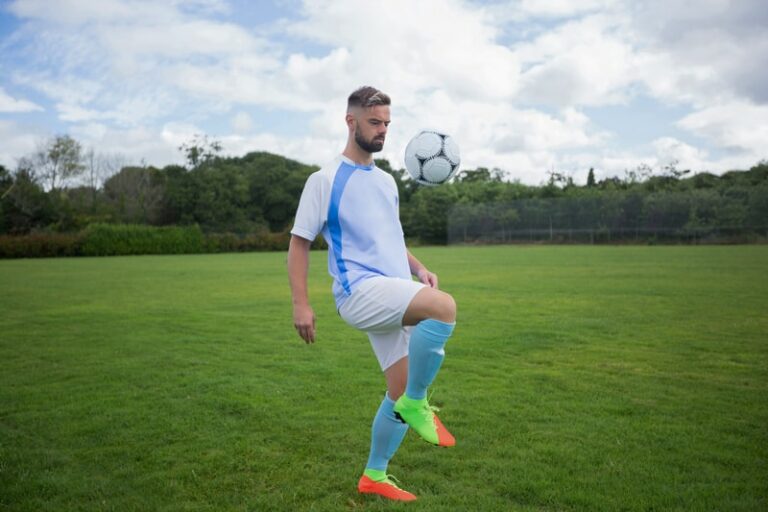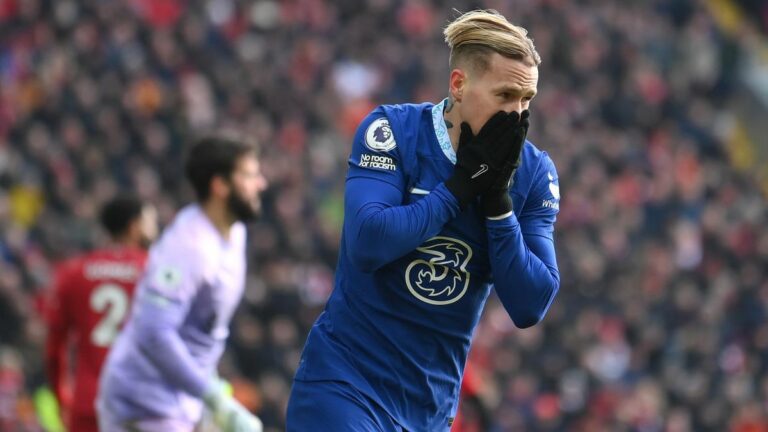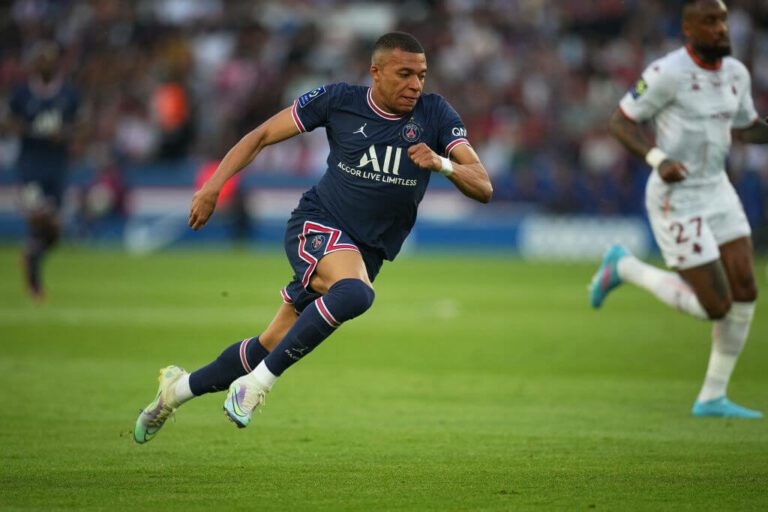Training for Soccer Fitness – 10 Exercises to Level Up Your Game
How to Improve Your Fitness for Soccer
It’s no secret that footballers have to be in great shape. Every player on the field needs to be capable of running over the course of a 90 minute match. There’s nothing worse than giving everything you have in the first 20 minutes, only to be left out of breath for the rest of the game. In this article, we’ll cover over 10 training exercises that will help improve your fitness and athleticism for soccer.
We’ll also discuss the best ways to recover effectively from your training. This will help ensure that you avoid injury as you gradually build up your fitness.
Endurance Training for Soccer Players
Long Distance Running

Soccer is a sport that requires a lot of endurance. You will be running up and down the field for the entirety of the game, and having good cardiovascular endurance will help you maintain your energy and performance levels throughout the match.
Running distances of 1-2 miles will help you improve your base level of stamina. This training will serve as the foundation for your fitness. Make sure to aim for faster mile times as you build up your speed over time.
Cycling

Cycling is a low-impact exercise that can help you improve your cardiovascular endurance and overall fitness without putting too much strain on your joints. This can be especially beneficial if you are recovering from an injury or are trying to avoid overuse injuries.
If you’re working out in the gym, doing a few miles on the stationary bike is also a great way to warm up and get your blood flowing.
High Intensity Fitness Drills
Shuttle Runs

Shuttle runs are a great high intensity drill for soccer players because they can help improve your speed, quickness, and agility. These are all important skills for soccer players, as they allow you to change direction quickly and outmaneuver opponents on the field.
Shuttle runs also help improve your cardiovascular endurance, as they involve short bursts of intense activity followed by short periods of rest. Performing a shuttle run is simple; just place two cones about 10 yards apart, and sprint back and forth between them 3-6 times.
Hill Sprints

Hill sprints are another good exercise for soccer players because they can help improve your leg strength and power. This exercise involves running up a steep incline, which can be challenging and requires a lot of muscular effort.
By regularly performing hill sprints, you can strengthen your leg muscles and improve your ability to generate power and speed on the field.
Treadmill Sprints

When you’re training indoors, treadmill sprints are a great way to improve your speed and endurance. Treadmill sprints involve running at high speeds for short bursts of time, followed by brief periods of rest.
One of the best treadmill workouts for soccer players is the John Terry fitness routine. I’ve linked to a video where pro player Matt Sheldon demonstrates how to perform this workout. It’s a tough routine, but it’s scalable for players at any fitness level.
Box Jumps

Box jumps are a great plyometric exercise that improves your leg strength, power, and explosiveness. This exercise involves jumping onto and off of a box or other elevated surface. This exercise combines coordination, endurance, and muscular strength.
By regularly performing box jumps, you can improve your ability to generate force and explosively move your body. Box jumps also help prepare your joints for the impacts that they recieve on the pitch.
Fitness Drills With the Ball
Cone Weave

Doing exercises with the ball helps you improve your fitness while also developing your technical skills. One of the simplest and most effective drills to set up is the basic cone weave. All you need to do is set up several cones (or any item) about two feet apart. Then just practice dribbling through the cones.
This drill is great because it forces you to take a lot of small touches on the ball. Try dribbling with both your strong and weak foot to get the most benefit from this drill.
Quick Passing

Passing and moving is one of the most fundamental skills in football. Passing drills are also some of the best drills to do when you’re training with a friend. If you’re training by yourself, you can also pass the ball against the wall.
There’s a wide variety of drills that you can choose from. Coach Javi has a great tutorial video that outlines some of the best drills for passing and moving. The simplest drill is to receive the ball from your teammate, take a touch around a cone, and then pass the ball back to your teammate.
Conditioning Workouts at Home
High Knees

Just because you’re at home doesn’t mean you can’t get a good workout in. High knees are a great home workout for soccer players as they help improve both your speed and agility. By repeatedly lifting your knees high and bringing them down quickly, you can work on your quickness and coordination, both of which are important for your game.
Squat Jumps

Squat jumps are another good plyometric exercise you can do at home. This exercise helps improve your lower body strength and power. By squatting down and then explosively jumping up, you can build your quadriceps, hamstrings, and glutes. This can help you to generate more power when you’re running or jumping on the pitch.
Jumping Lunges

Jumping lunges are a great home workout for soccer players because they can help to improve your balance and coordination. By lunging forward and then jumping up, you can work on your stability and control, which are important when you need to change direction quickly. In addition, jumping lunges can help to strengthen your leg muscles, which can give you more power and endurance on the field.
Recovery Tips for Soccer Players
Always Warm Up
It is important for soccer players to warm up before a game or practice because it can help to prepare your body for physical activity. Warming up can help increase your heart rate, loosen your muscles, and improve your flexibility, all of which can help you to perform at your best on the field.
By taking a few minutes to warm up before you start playing, you can reduce your risk of injury and improve your overall performance. Include dynamic stretches before training to help protect you from injury.
Protein Focused Meals
Eating enough protein after exercise is important because protein is essential for repairing and rebuilding muscle tissue. When you exercise, especially if you engage in activities that involve strength training or endurance, your muscles can become damaged and need protein to repair and rebuild themselves.
Some good sources of protein include meat, fish, eggs, and dairy. Try and make sure these foods are incorporated in your diet. Remember that your diet is crucial for maintaining your health both on and off the field.
Getting Enough Sleep
Getting enough sleep is important for recovery after exercise because sleep is a time when your body can repair and rebuild itself. During sleep, your body releases growth hormone, which helps to repair and regenerate muscle tissue. In addition, sleep can help to reduce inflammation and improve immune function, both of which can help your body to recover more quickly after exercise.
Lack of sleep can lead to increased fatigue, decreased concentration and coordination, and impaired physical performance. It can also increase your risk of injury, as your body is more susceptible to injury when it is not fully rested and recovered. It is recommended that players get a minimum of 7-9 hours of sleep per night.
- Most Comfortable Football Boots of 2024
- Nike Phantom GX 2 vs Adidas Predator Elite
- Puma Future 7 Pro – Review
- Mizuno Morelia 2 Elite Review
- Nike Phantom GX 2 Elite Review
- Width Matters: Choosing the Right Football Boots for Your Feet
- Nike Premier 3 vs Copa Gloro vs NB 442 V2 Pro
- The Best Value Adidas Boot – Copa Gloro Review
- Best Predator Ever? – Predator Elite Review

